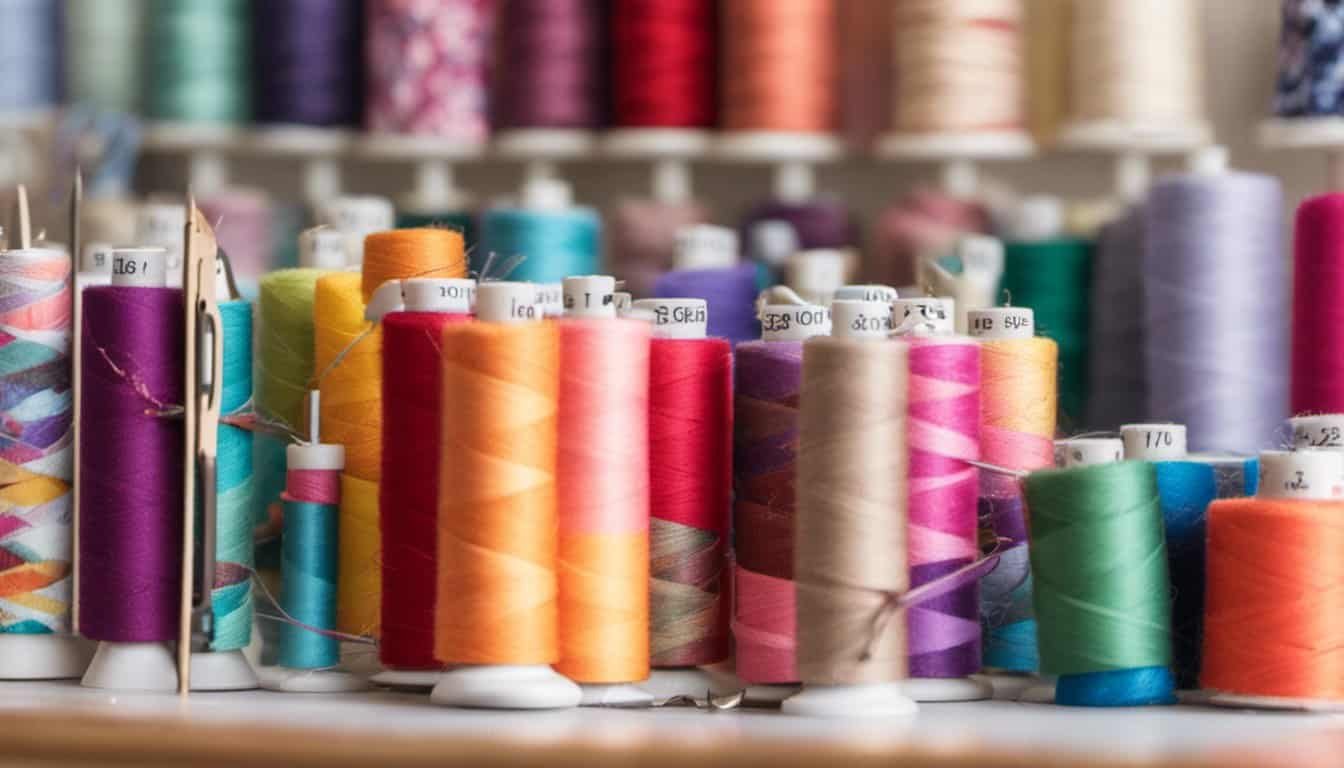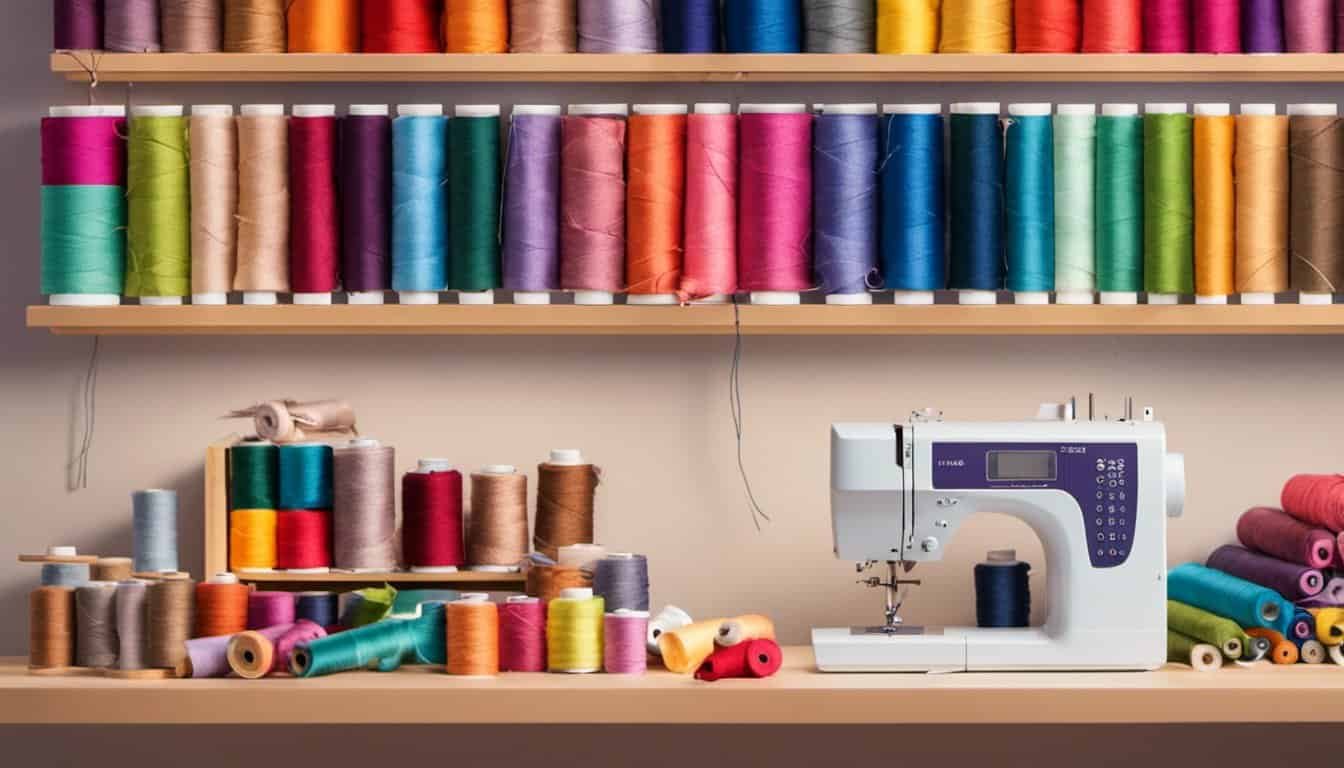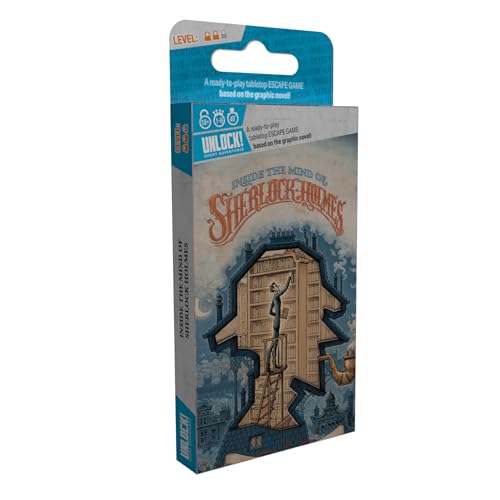Bamboo fabric has been gaining popularity for its eco-friendly qualities and luxurious feel. If you’re curious about why it’s becoming a favorite among crafters and environmentally conscious consumers, you’re in the right place.
Sewing with bamboo fabric can open up a world of possibilities for your projects. From soft clothing to durable home textiles, understanding its unique properties will help you make the most out of this versatile material. Let’s dive into what makes bamboo fabric special and explore some tips on how to sew it successfully.
What Is Bamboo Fabric
Bamboo fabric is a textile derived from the pulp of bamboo plants. It undergoes a process where bamboo grass is broken down into fibers, typically through mechanical or chemical methods. The resulting material is soft, breathable, and has a silky texture, making it ideal for various applications.
Types of Bamboo Fabric
- Bamboo Rayon: Produced using chemical processing to dissolve bamboo cellulose, resulting in a smooth and drapable fabric.
- Bamboo Linen: Created through mechanical processing, maintaining more of the natural bamboo structure for a textured feel.
- Bamboo Charcoal Fabric: Incorporates bamboo charcoal particles, offering moisture-wicking and antimicrobial properties.
Key Properties
- Eco-Friendly: Bamboo grows rapidly without the need for pesticides or fertilizers, reducing environmental impact.
- Breathable: Allows air circulation, keeping you cool in warm weather and warm in cooler conditions.
- Moisture-Wicking: Absorbs moisture efficiently, making it suitable for activewear and bedding.
- Durable: Strong fibers ensure longevity, resisting wear and tear from regular use.
- Hypoallergenic: Ideal for sensitive skin, minimizing the risk of allergic reactions.
Applications
Bamboo fabric suits a wide range of projects, including:
- Clothing: Shirts, dresses, underwear, and activewear benefit from its softness and flexibility.
- Home Textiles: Sheets, towels, and curtains take advantage of its durability and moisture-wicking abilities.
- Accessories: Scarves, hats, and bags utilize its lightweight and breathable nature.
Environmental Impact
Bamboo fabric stands out for its sustainability. Bamboo plants regenerate quickly, reaching maturity in three to five years without depleting soil nutrients. Additionally, the cultivation process emits less greenhouse gases compared to traditional cotton farming, contributing to a lower carbon footprint.
Care Instructions
To maintain bamboo fabric’s quality:
- Washing: Use cold or warm water with a gentle cycle to prevent fiber damage.
- Drying: Air dry or use a low-heat setting to avoid shrinking and preserve softness.
- Ironing: If needed, iron on a low temperature setting to maintain fabric integrity.
Understanding these characteristics of bamboo fabric helps you select the right materials for your sewing projects, ensuring both functionality and sustainability.
Benefits Of Bamboo Fabric
Bamboo fabric offers numerous advantages that make it a top choice for your sewing and crafting projects. Its unique properties enhance both the functionality and sustainability of your creations.
Environmental Impact
Bamboo fabric stands out for its minimal environmental footprint:
- Rapid Growth: Bamboo plants can grow up to 35 inches within a single day, reaching maturity in 3-5 years.
- Resource Efficiency: Requires 50% less water than cotton and no pesticides or fertilizers.
- Carbon Sequestration: Absorbs more carbon dioxide and releases more oxygen than many other plants.
| Factor | Bamboo Fabric | Conventional Cotton |
|---|---|---|
| Growth Rate | 35 inches/day | Varies by region |
| Water Usage | 50% less than cotton | High |
| Pesticide Use | None | Extensive |
| Carbon Absorption | High | Moderate |
Choosing bamboo fabric supports sustainable practices and reduces your environmental impact.
Comfort And Softness
Experience unparalleled comfort with bamboo fabric:
- Silky Texture: Feels smooth against the skin, ideal for garments and bedding.
- Breathability: Enhances airflow, keeping you cool and comfortable.
- Moisture-Wicking: Draws moisture away, maintaining dryness during wear.
| Feature | Bamboo Fabric |
|---|---|
| Texture | Silky and smooth |
| Breathability | High |
| Moisture Management | Excellent |
| Hypoallergenic | Suitable for sensitive skin |
These qualities ensure your projects are not only comfortable but also versatile for various applications.
Durability
Bamboo fabric contributes to long-lasting creations:
- Strength: Resistant to wear and tear, maintaining integrity over time.
- Shrinkage: Less prone to shrinking compared to other fabrics.
- Color Retention: Holds dyes well, ensuring vibrant and lasting colors.
| Durability Aspect | Bamboo Fabric |
|---|---|
| Wear Resistance | High |
| Shrinkage | Minimal |
| Color Fastness | Excellent |
| Longevity | Extends product life |
Investing in bamboo fabric means your sewn items will remain durable and retain their appearance through extensive use.

How To Sew With Bamboo Fabric
Sewing with bamboo fabric offers a unique blend of softness and durability. Follow these steps to ensure successful projects with this eco-friendly material.
Preparing The Fabric
Before you begin, prewash your bamboo fabric to prevent shrinkage. Iron the fabric on a low setting to remove any wrinkles. Smooth seams with a pressing cloth to protect the fibers. Cut your patterns accurately, using sharp fabric scissors to ensure clean edges. Mark your fabric with tailor’s chalk or fabric markers for precise stitching.
Choosing The Right Tools
Select a sharp needle, such as a size 70/10 universal or a ballpoint needle, to prevent snagging bamboo fibers. Use high-quality polyester or cotton thread for strong, lasting seams. Opt for a walking foot on your sewing machine to handle bamboo’s slippery texture effectively. Incorporate seamless scissors for trimming excess threads and maintaining a clean finish.
Sewing Techniques
Use a straight stitch for most bamboo fabric projects, ensuring even and secure seams. Apply a zigzag stitch along raw edges to prevent fraying without adding bulk. Utilize French seams for a polished, professional look, especially on visible areas. Adjust your machine’s tension settings to accommodate bamboo’s silky nature, avoiding puckering or loose stitches. Press seams open or to one side to enhance the fabric’s smooth appearance.
Common Projects Using Bamboo Fabric
Bamboo fabric offers versatility for various sewing projects. Here are some popular options to consider:
- Clothing: Create comfortable shirts, dresses, leggings, and activewear. Bamboo’s softness and breathability make it ideal for everyday wear.
- Home Textiles: Sew sheets, pillowcases, duvet covers, and curtains. Bamboo fabric’s durability and moisture-wicking properties enhance bedroom and living spaces.
- Towels and Bathrobes: Make absorbent towels, washcloths, and cozy bathrobes. Bamboo’s quick-drying nature ensures practicality in bathroom essentials.
- Accessories: Design bags, scarves, hats, and baby blankets. The fabric’s lightweight and hypoallergenic features suit a range of accessory projects.
- Children’s Garments: Produce soft onesies, T-shirts, and pajamas. Bamboo fabric’s gentle texture is perfect for sensitive skin.
- Reusable Items: Craft reusable shopping bags, kitchen cloths, and napkins. Bamboo’s eco-friendly qualities support sustainable living practices.
- Sleepwear: Assemble pajamas, nightgowns, and robes. The fabric’s thermal-regulating properties provide comfort throughout the night.
- Sportswear: Develop yoga pants, sports bras, and breathable tops. Bamboo fabric’s flexibility and moisture management benefit active lifestyles.
« You Won’t Believe How Easy It Is to Make a Scrappy Quilt from Leftovers
10 Incredible Eco Sewing Projects for Kids That Promote Sustainability and Fun »
By selecting bamboo fabric for these projects, you leverage its unique properties to create high-quality, sustainable items for personal use or gifting.
Care And Maintenance
Proper care ensures your bamboo fabric garments and textiles maintain their quality and longevity. Follow these guidelines to keep your bamboo items in excellent condition.
Washing Instructions
| Step | Instruction |
|---|---|
| 1 | Machine Wash Cold: Use cold water to prevent shrinking and color fading. |
| 2 | Gentle Cycle: Select a gentle or delicate cycle to reduce fabric stress. |
| 3 | Mild Detergent: Choose a mild, eco-friendly detergent without bleach or fabric softeners. |
| 4 | Separate Colors: Wash darks and lights separately to avoid color transfer. |
Drying
- Air Dry: Lay flat or hang to dry naturally, preserving the fabric’s shape and integrity.
- Tumble Dry Low: If using a dryer, select the lowest heat setting to minimize shrinkage.
- Avoid Overdrying: Remove items promptly to prevent excessive wrinkling and fabric weakening.
Ironing
- Low Heat Setting: Use a low to medium heat setting to prevent damage to the fabric.
- Iron Inside Out: Protect the fabric’s surface by ironing on the reverse side.
- Use a Pressing Cloth: Place a thin cloth between the iron and fabric to avoid direct heat contact.
Storing
- Cool, Dry Place: Store bamboo items in a well-ventilated, dry area to prevent mold and mildew.
- Hang or Fold Carefully: Hang garments to maintain their shape or fold neatly to avoid creases.
- Avoid Direct Sunlight: Keep items out of direct sunlight to prevent color fading over time.
Additional Tips
- Avoid Harsh Chemicals: Steer clear of bleach and strong detergents that can degrade the fabric.
- Pre-Treat Stains: Address stains promptly with a gentle stain remover before washing.
- Limit Machine Ironing: Minimize ironing to extend the fabric’s lifespan and maintain its silky texture.
Following these care and maintenance steps will help you enjoy the comfort and sustainability of your bamboo fabric creations for years to come.
Conclusion
Embracing bamboo fabric opens up a world of sustainable and stylish possibilities for your sewing projects. Its soft texture and eco-friendly nature make it a favorite choice for those who care about both comfort and the environment.
With the right tools and techniques, sewing bamboo fabric becomes a rewarding experience. You’ll enjoy creating beautiful garments and home textiles that not only look great but also stand the test of time.

By choosing bamboo, you’re making a positive impact and adding a luxurious touch to your creations. Happy sewing and enjoy the benefits of this amazing material in all your future projects!

















